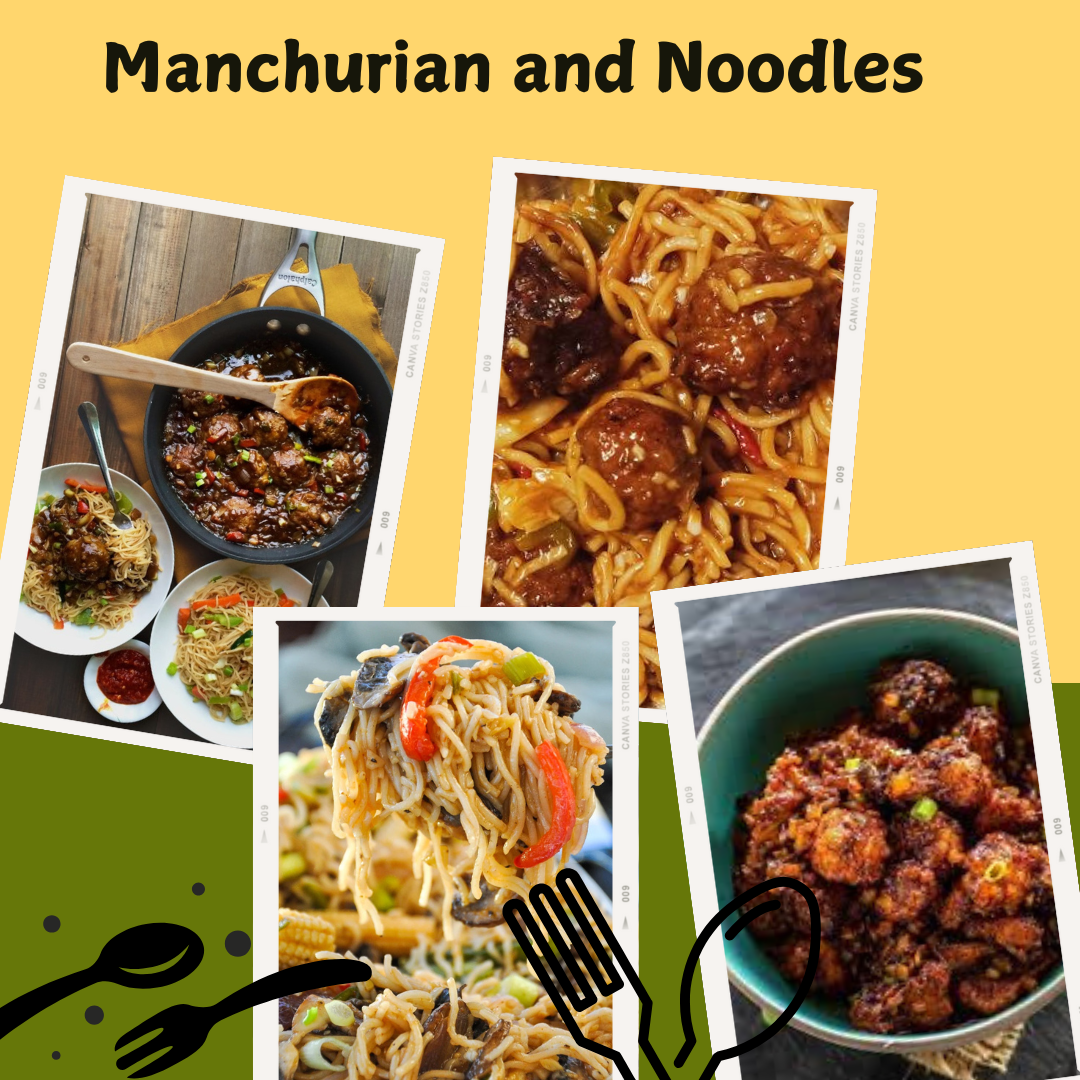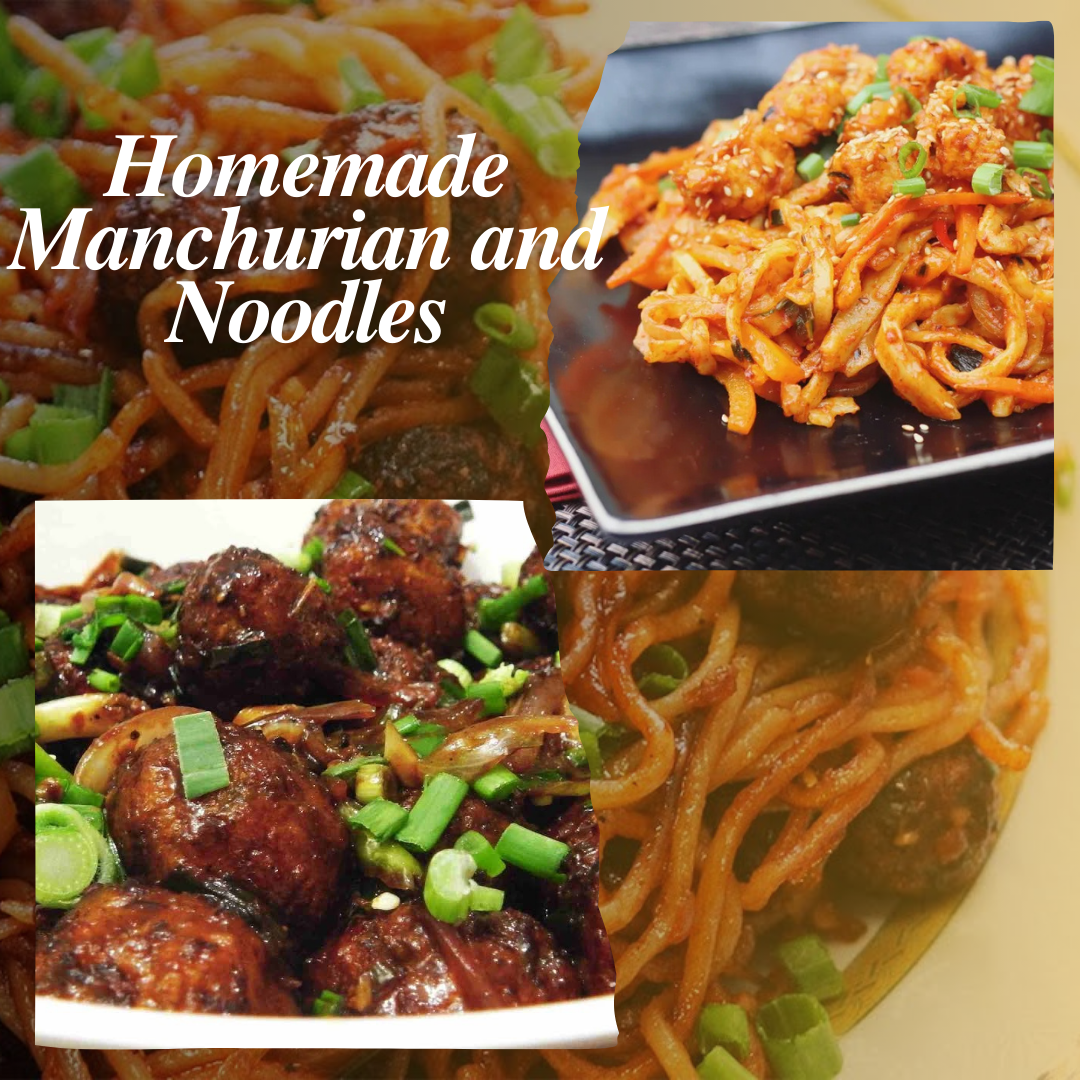Chinese cuisine has captured hearts (and taste buds!) across the globe. Whether it’s the comforting slurp of noodles or the crunchy, flavorful bite of Manchurian, Chinese food has something magical that keeps us coming back for more. But what if I told you that you don’t have to go to a restaurant to enjoy these iconic dishes? With a bit of practice, you can master homemade Manchurian and noodles right in your kitchen! Ready to bring the flavors of Chinatown home? Let’s dive in.
Understanding the Magic of Chinese Cuisine
Before we get our hands dirty, it’s important to understand what makes Chinese cuisine so irresistible. It’s all about the balance of flavors—sweet, sour, salty, bitter, and umami. Each bite should be a medley of these tastes, giving your palate a delightful dance of contrasts.
Homemade Manchurian and Noodles, though Indo-Chinese adaptations, carry the same spirit. The crispy, saucy goodness of Manchurian paired with the comforting, savory noodles creates the perfect harmony.
Essential Ingredients for Authentic Flavors
Want to get that restaurant-quality taste at home? Stock up on these essentials:
Soy Sauce: The backbone of most Chinese dishes. Light soy for saltiness, dark soy for color.
Chili Sauce: Adds heat and a hint of tanginess.
Vinegar: Preferably rice vinegar or white vinegar for that sharp kick.
Ginger & Garlic: Freshly minced, these two are non-negotiable flavor boosters.
Spring Onions: Both the white and green parts are used for added crunch and garnish.
Cornflour: Helps thicken sauces and adds crispiness to fried Manchurian.
Vegetables: Cabbage, carrots, bell peppers, and onions are your go-to for these dishes.
Pro tip: Always prep your ingredients before you start cooking. Chinese dishes cook fast, so having everything ready is key!
Making the Perfect Manchurian
Manchurian comes in two delicious forms: dry and gravy. Both start with crispy vegetable balls that are later tossed in a flavorful sauce.
Step 1: Preparing the Veggie Balls
Grate the vegetables: Finely grate cabbage, carrots, and bell peppers. Squeeze out excess moisture using a clean cloth.
Mix and bind: In a bowl, combine the grated veggies with salt, black pepper, cornflour, and a bit of all-purpose flour. The mixture should hold together when pressed.
Fry until golden: Heat oil in a pan and deep-fry the balls on medium heat until crispy and golden brown. Set them aside on a tissue-lined plate to drain excess oil.

Step 2: Making the Sauce
Sauté the aromatics: In a hot wok, add a bit of oil and sauté minced garlic, ginger, and the white part of spring onions.
Add the sauces: Pour in soy sauce, chili sauce, and vinegar. Stir well.
Thicken the sauce: Mix a tablespoon of cornflour with water to create a slurry, then pour it into the wok. Stir until the sauce thickens.
Toss the Manchurian balls: Add the fried veggie balls to the sauce and toss until well-coated. Garnish with the green part of spring onions.
If you prefer gravy Manchurian, simply add more water or vegetable stock and adjust the seasoning.
Nailing the Stir-Fried Noodles
Nothing complements Manchurian better than a bowl of stir-fried noodles. Here’s how to whip up a delicious batch:
Step 1: Boil the Noodles
Cook the noodles according to package instructions. They should be al dente—firm but cooked.
Step 2: Stir-Fry the Noodles
Heat the wok: Get your wok nice and hot. Add a bit of oil.
Add the veggies: Toss in julienned carrots, bell peppers, cabbage, and spring onions. Stir-fry on high heat for 2-3 minutes.
Season it up: Add soy sauce, chili sauce, and a dash of white pepper. Stir well.
Toss the noodles: Add the cooked noodles and toss everything together.
Finish with spring onions: Garnish with chopped spring onions and serve hot.
Pro tip: Keep the heat high and stir continuously to get that smoky, street-style flavor.
Serving Suggestions
Presentation matters, right? Serve your Manchurian in a shallow bowl, garnished with spring onions and a sprinkle of sesame seeds. Plate the noodles in a wide dish, with extra chili sauce on the side for spice lovers.
Want to impress your guests? Pair the meal with a light, refreshing cucumber salad and some chilled lemonade. It’s all about balancing the heat with cool, fresh sides.
Common Mistakes to Avoid
Even seasoned cooks make mistakes.
Overcooking the veggies: Keep them crunchy to retain the texture.
Making soggy Manchurian balls: Always squeeze out excess moisture from the veggies before binding.
Overloading the wok: Stir-fry in small batches to maintain high heat and avoid steaming the ingredients.
Why Homemade is Better
Sure, takeout is convenient, but nothing beats the freshness of Homemade Manchurian and Noodles food. You control the ingredients, meaning no MSG or excess oil. Plus, it’s incredibly satisfying to recreate your favorite dishes at home.
Cooking can be therapeutic too. The rhythm of chopping, the sizzle of the wok, and the aroma of garlic hitting hot oil—it’s a sensory experience that makes the meal even more enjoyable.
Get Creative with Variations
Why stop at classic Manchurian and noodles? Here are some fun variations:
Paneer Manchurian: Swap veggie balls with crispy paneer cubes.
Chicken Manchurian: Perfect for meat lovers. Use minced chicken to form the balls.
Hakka Noodles: Add scrambled eggs or stir-fried tofu for extra protein.
Schezwan Noodles: Kick up the heat with Schezwan sauce for a spicy twist.
Read More: Desert Dreams: Your Ultimate Holiday Guide to Dubai
Conclusion
Mastering homemade Manchurian and noodles isn’t just about following a recipe—it’s about enjoying the process. Experiment, make mistakes, and most importantly, have fun. Once you get the hang of it, you’ll find yourself skipping takeout and whipping up these dishes in no time.







